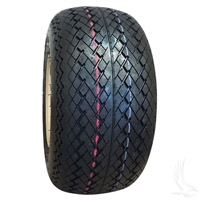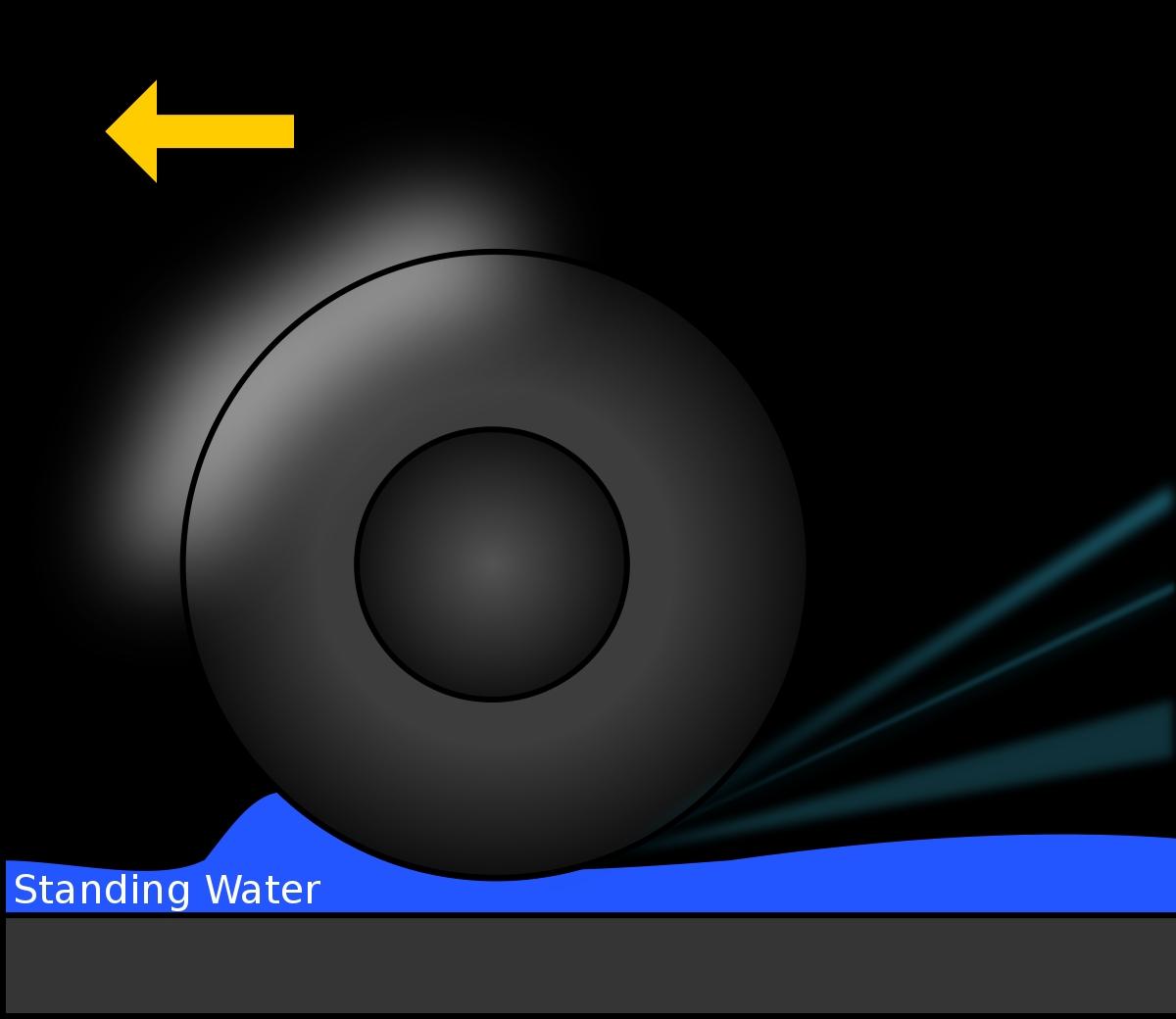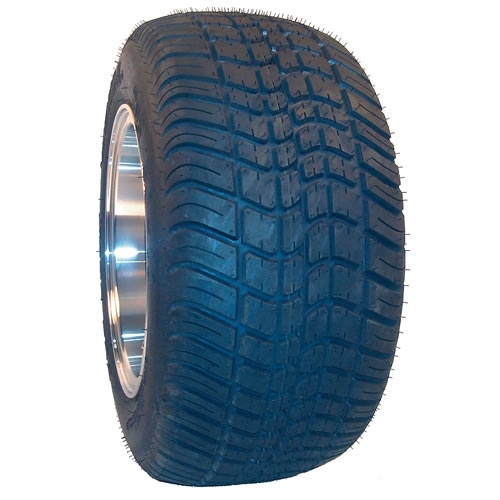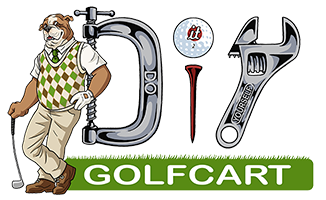Best Golf Cart Tires for Slick Terrain
Mar 30th 2018
Your tires play a significant role in how comfortable your cart rides and how well it handles on various terrains. Having good traction is critical whether you use your cart off-road for wilderness excursions or through town to get groceries. It's especially important when you're driving in the rain, across gravel or through another slick surface.
Using tires designed for different terrains is beneficial.The best tires for slick surfaces will maintain a comfortable and safe ride, but the specific requirements depend on what kind of slick ground you'll be traversing. Will it be flat roads after a rain, slippery gravel down a dirt road or maybe large boulders off road?

Understanding Tire Specifications
Lots of pertinent information is located directly on the outside of tires. It's essential to be familiar with this information, so you can make an informed decision about which tire is appropriate for your situation.
Size is indicated by a string of numbers such as 18x8.5-8 or 215/60-8. In the first example, 18 is the tire's height in inches, and 8.5 is its width in inches. 8 is the diameter of the rim in inches. In the second example, 215 is the tire's width in millimeters; 60 expresses the tire's height as a percentage of its width. This tire's height would be 60 percent of 215. The number 8 indicates the tire's diameter in inches.
Ply rating shows how thick — and consequently how durable — a tire is. Golf carts are rated 2-ply, 4-ply, and 6-ply. Standard cart tires are 4-ply. The 2-ply are soft, but they puncture easily. The 6-ply are puncture resistant but don't ride as smoothly.
Traction grading represents how well a specific tire stops on wet pavement during controlled conditions. The grades listed from best (highest) to worst (lowest) are AA, A, B, and C.
Tread depth isn't listed numerically, but it can be estimated using a coin. It's measured in 32nds of an inch. More depth is better when it comes to driving on wet surfaces; anything less than 2/32” is considered unsafe and illegal in some states.
Temperature grading represents how well a specific tire dissipates heat at speed. The grades listed from best to worst are A, B, C.
Treadwear rating is a comparison of how long you can expect a tire to last. A tire graded 200 is supposed to last twice as long as one graded 100, and one graded 400 should last twice as long as one graded 200. This system is only useful for comparing tires within one brand. You can't use it to compare two tires from differing brands.

How Hydroplaning Occurs
Hydroplaning — sometimes referred to as aquaplaning — is the biggest risk of driving on slick terrains. Understanding what it is and how it occurs will help you be prepared to drive during wet conditions and see how tires can affect it.
Your tires work because they remain in constant contact with the ground through friction. The grooves in your tires dissipate water from underneath them so that the rubber can stay connected to the road. Having the wrong tire or an old tire means the water doesn't get moved out of the way and that contact can be lost.
Hydroplaning is when a thin layer of water accumulates between the road and your tires. Your tires lose contact with the ground; consequently, your vehicle loses traction and becomes a giant skate.
Below are several ways that your tires affect the likelihood of hydroplaning:
- Tires with less than half their tread can hydroplane at speeds as low as 3 mph.
- Under-inflating your tires raises their center of gravity and prevents water from dissipating through the tread pattern.
- The longer and thinner a tire's footprint, the less likely it will be to hydroplane.

Tire Recommendations
The following are general recommendations based on the type of terrain you may encounter. Your specific ideal tire depends not only on terrain but your existing rims and other modifications that change the weight, center of gravity and use of your golf cart.
Your local tire retailer can answer specific detailed questions.
- Wet asphalt
The best tire for driving on wet asphalt will have soft rubber and not be very wide. Hard rubber is more likely to lose its grip on the road than softer rubber. It's easier for water to lift a wider surface area than a thinner one. Standard 4-ply tires are usually appropriate for most vehicles.
- Wet Rock
For off-roading across slick rocks, the best tire is a soft, fat, thick tire. The soft, wide rubber will conform to the curves of the rock, and thickness is resistant to getting punctured on sharp surfaces.
Driving on slick surfaces is rarely enjoyable, but with the right tires, you increase your chances of safety. It's imperative to understand tire specifications and the causes of hydroplaning so you can choose your equipment wisely.
